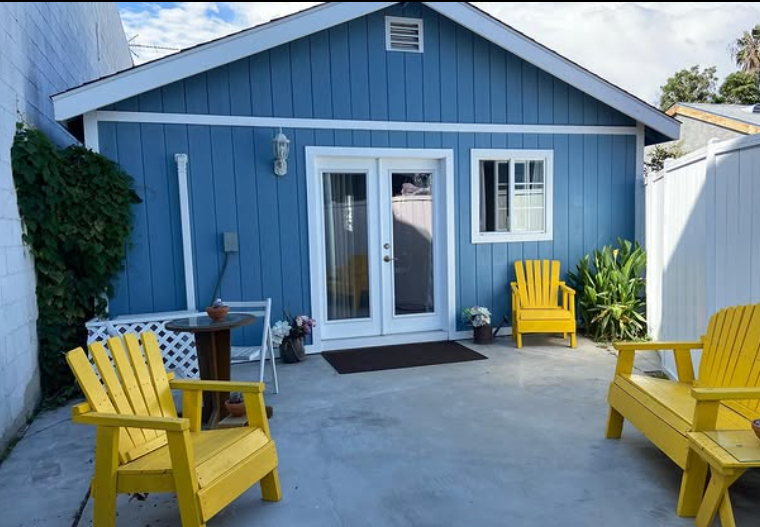Split Systems vs. Central AC: Which Should You Choose?
Let’s be real—choosing an air conditioning system shouldn’t feel like deciphering ancient blueprints. But with so many options out there, it can feel like you’re trying to read a CAD file in the dark. Whether you’re a proud new homeowner, a seasoned general contractor, or just tired of sweating through summer, we’re here to break it down—construction worker style.
So grab your hard hat and let’s dive into the ultimate HVAC showdown: split systems vs. central AC. 🛠️💨
What’s the Difference Anyway?
Before we jump into the ring, here’s a quick overview:
Split System: Think of it like the cool cousin who shows up only where you want them. It consists of one outdoor compressor and one (or more) indoor air handlers. Perfect for zoning and room-by-room control.
Central AC: The classic. Cools the whole house using ductwork and a single indoor unit connected to an outdoor compressor. Great for even temps throughout your home.
Both systems play a role in modern building construction, but choosing the right one depends on your floor plan, budget, and how chill (pun intended) you want to be.
Round 1: Installation & Construction
If you’re starting from scratch with new construction, installing central AC makes sense. Your contractor can run ductwork during framing, right along with the form and foundation work. It integrates seamlessly into the home, like the perfect pour of ready mix concrete.
But if you’re doing a remodel, or if your home is older and ductwork just isn’t realistic, split systems (aka ductless mini-splits) are your best bet. You avoid tearing into walls like a rogue backhoe and still stay cool.
Plus, in green building and passive house designs, ductless systems are often the go-to for energy efficiency and easy zoning.
Round 2: Energy Efficiency & Green Vibes 🌱
Let’s talk forced air heating/cooling like pros. Central AC units are powerful and efficient if you’ve got tight ductwork and proper damp proofing. But ducts lose energy—up to 30% of cooled air can vanish into thin air (literally).
Split systems? They’re the MVPs of energy efficiency. Since there are no ducts, no cool air gets lost in the attic. Plus, newer systems have super high SEER ratings, making them perfect for cost-plus contracts where efficiency equals savings.
If you're designing with green board, glulam, or working on custom home builds, split systems can support a lower overall cost to build a house and maintain it too.
Round 3: Comfort & Control
Do you love being the thermostat overlord of your domain? Split systems let you control temps in each room, so the guest room doesn’t need to feel like the Arctic just because you like it chilly in the living room. Perfect for picky roommates or construction site office conversions.
Central AC gives you even cooling everywhere—but without zones, it’s one-temp-fits-all. If zoning is important, you’ll need dampers and more ductwork, and that means… surprise change orders.
Round 4: Aesthetic & Space
Split systems: have those wall-mounted indoor units you’ve probably seen. Some people love the modern tech look. Others? Not so much. If you’re going for a seamless aesthetic or sticking to a detailed floor plan from a BIM model, they might stick out.
Central AC: hides everything behind the scenes—great if you don’t want a unit peeking out between your frieze board and fascia.
Round 5: Maintenance & Lifespan
Here’s where it gets technical. Central systems have more parts to maintain—filters, ducts, and more complex controls. You’ll need regular inspections, cleanings, and possibly GFCI upgrades in humid zones.
Split systems? Fewer moving parts. Less maintenance. Less noise. Your contractor will thank you when the daily report just says, “All good.”
What About Cost?
Here’s where your bid matters.
Central AC tends to cost more upfront if you need new ductwork or complex zoning.
Split systems can be cheaper to install but might require more units for large homes.
Long term, ductless systems may save more on your energy bill and can reduce the need for repairs or duct cleaning.
Especially in homes with expansive soils (hello LA), where repairs already cost a pretty penny, going ductless might help you stay cool without crumbling your budget.
The Verdict: Which Should You Choose?
Here’s the breakdown:
You Should Choose…If You…Split SystemHave no ductwork, want energy savings, love zoning, doing a remodelCentral ACBuilding new, want hidden units, prefer even whole-house cooling
Either way, make sure you work with a licensed construction company or experienced home builders who understand your needs and can build around your grade, grain, and footer conditions like the pros they are.
Need help choosing what fits your blueprints best? Whether you're planning new flatwork, remodeling a historic home, or building the next Passive House masterpiece, give your local general contractor a shout. Trust us—cooling down never looked so good. 😎🌬️

